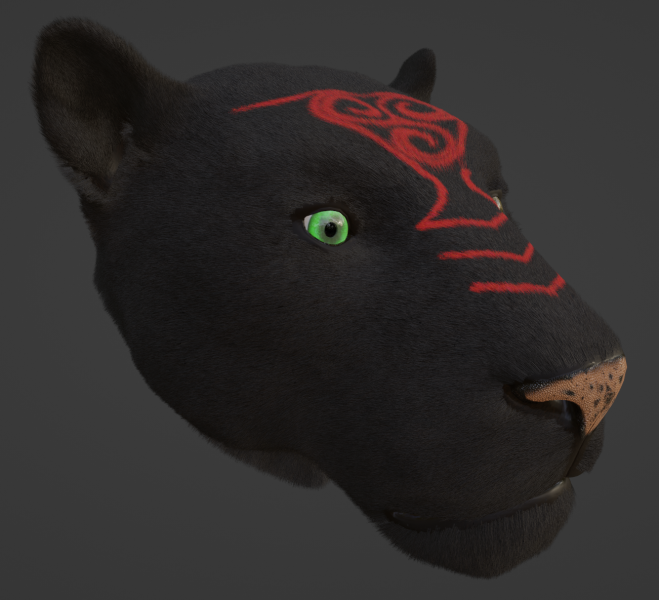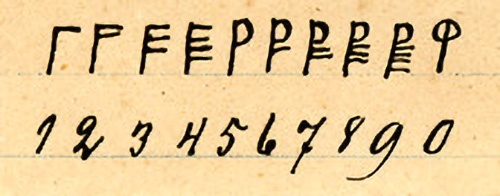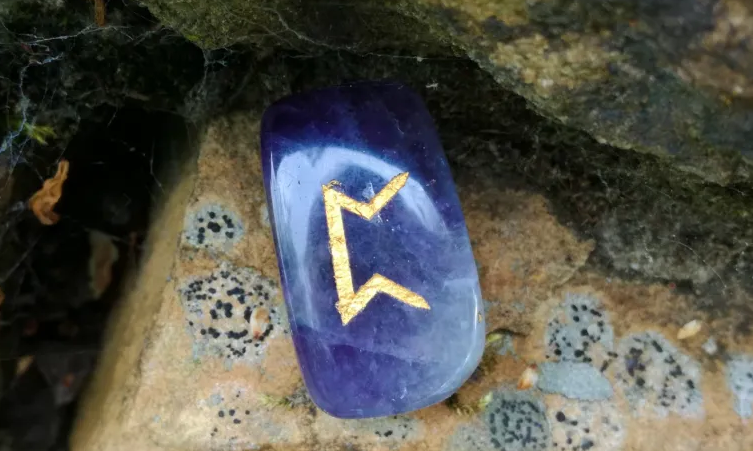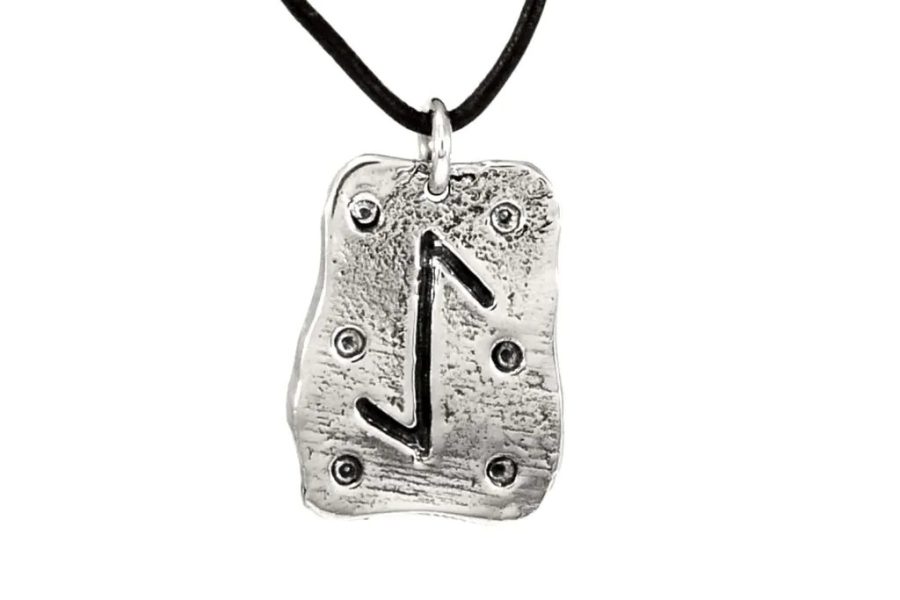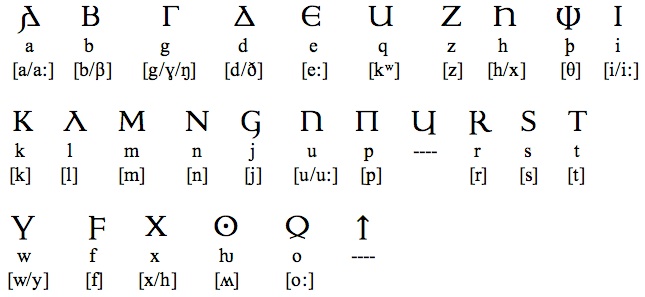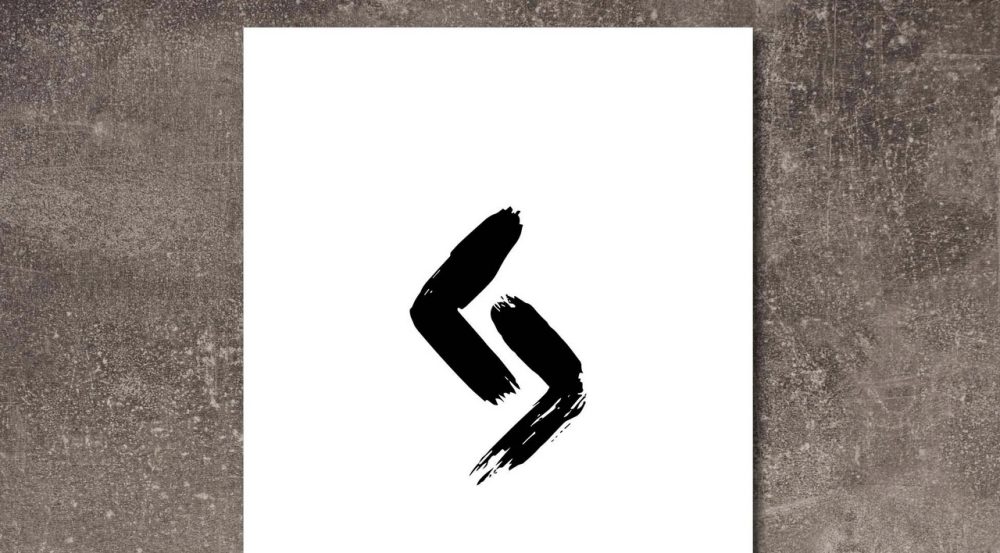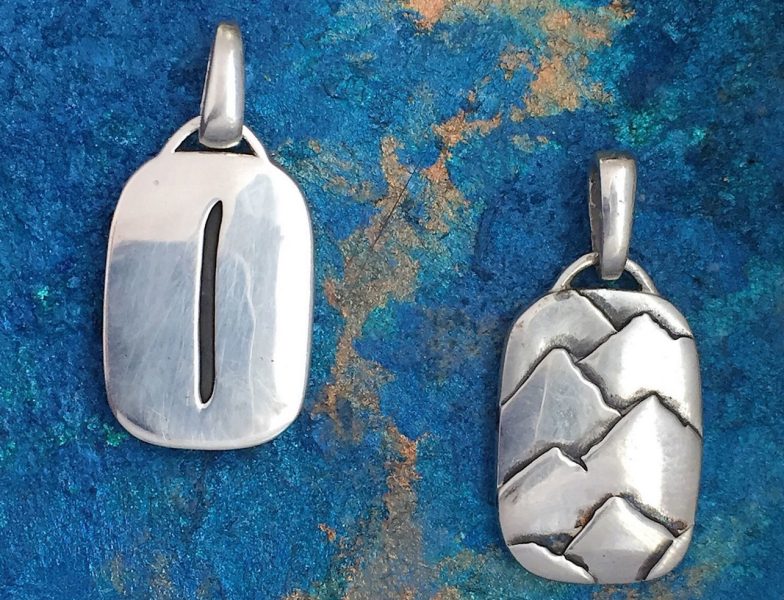A bit of evening anthropology! Because we don't have anything to do right now.
First, let's take a quick look at the terminology. "Mitochondrial Eve" is a woman whose mitochondrial DNA has been inherited by all living people. That is, the woman whose family is female lines were not interrupted.
"Y-Chromosome Adam" - a man whose Y-chromosome was inherited by all living people. Similarly to "Eve", his genus according to male The lines were also not interrupted.
These two people, of course, were not "first" in the direct sense of the word. It’s just that the descendants of Eve in the female line at some stage supplanted other women, and the descendants of Adam in the male line supplanted the men. Therefore, in the end, we have just such a situation now.
But this state of affairs concerns only people - the very ones who Homo sapiens. In the rest of the sentient species, things are much, much more interesting.
- Gearts: three mitochondrial Eves and three Y-chromosomal Adams. Each of the three pairs corresponds to one of the subspecies/races: leoids, lincoids and canoids. Which indicates that these very subspecies diverged a long time ago and since then they have hardly mixed - well, until recently.
- alves: three Y-chromosomal Adams, one mitochondrial Eve. Here, everything is even a little more interesting, because the geographical distribution of these very three different Y chromosomes looks completely random. Males from two neighboring populations can easily have two different Y chromosomes or two identical ones. This is probably due to both longevity (a very low reproduction rate) and some chaotic migrations that occurred a very long time ago.
- doors. Winners: six mitochondrial Eves to twelve (!) Y-chromosome Adams. How it happened is a complete mystery. For this to happen, the dwarves had to split into twelve independent populations at the very dawn of their existence. Apparently, this happened, but why? ..
- dredges. Unknown: little data.

